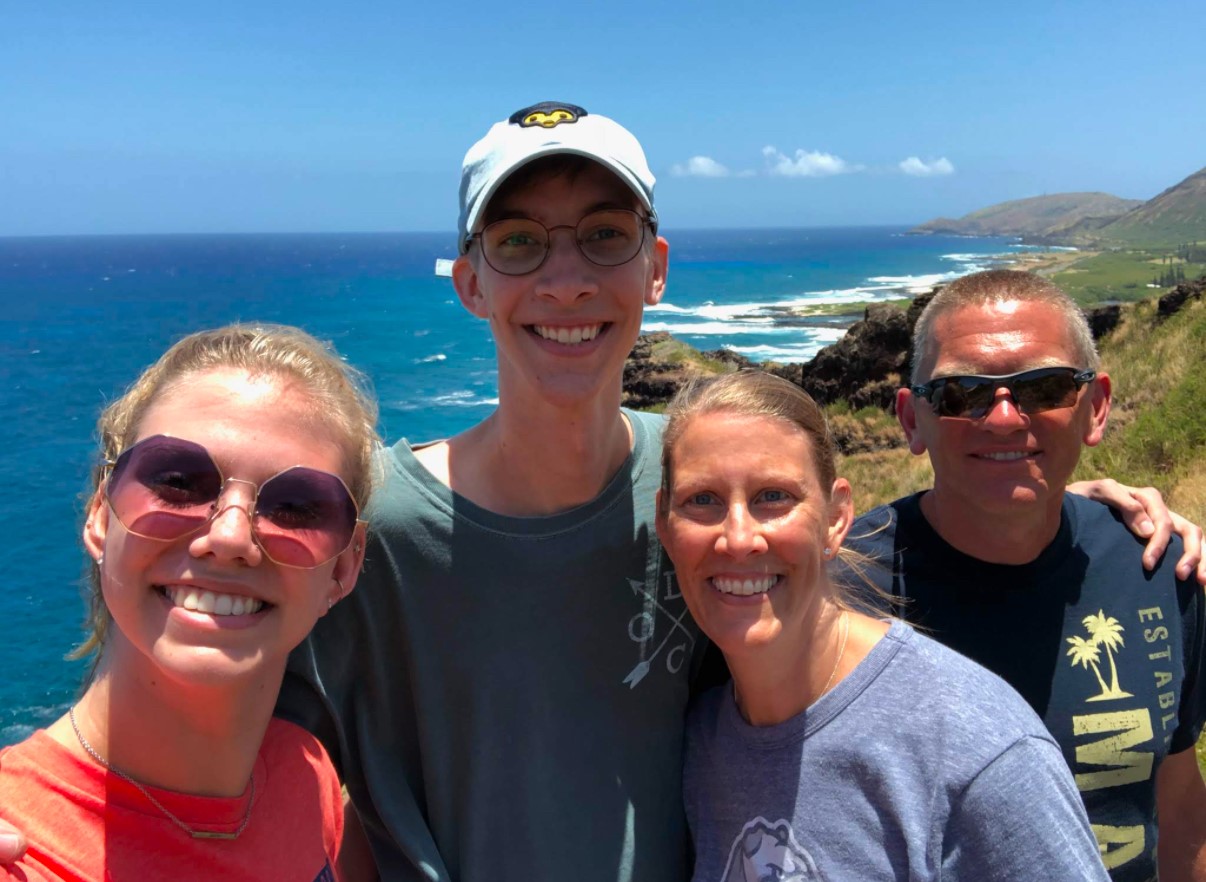
Community member Andrew Rankins shares his first-person experiences with Marfan and an early-stage cancer diagnosis. Advisory: This story mentions and depicts medical testing and discusses loss.
My cardiologist called me at 6:30 pm on a Friday. I woke up from a nap to the sunset’s golden light peeking through my windows and the smell of rain in the air. Excited chirps from the birds outside and the gentile snoring of my cats next to me composed an ideal soundtrack to a peaceful evening. Spring was making its long-awaited return to Chicago, and everything was calm for a moment. I took the chance to reflect on the week and soak in the magic of the seasonal transition, marking the evening both in my mind and my journal. As soon as I found the correct page and began writing, my phone rang. I saw the caller ID of my cardiologist, and the birdsong faded; the cats stirred awake, and as I picked up and said my shaky “Hello?”, the golden sunset appeared flat. The conversation started as I feared it would, “I have good news and bad news.”
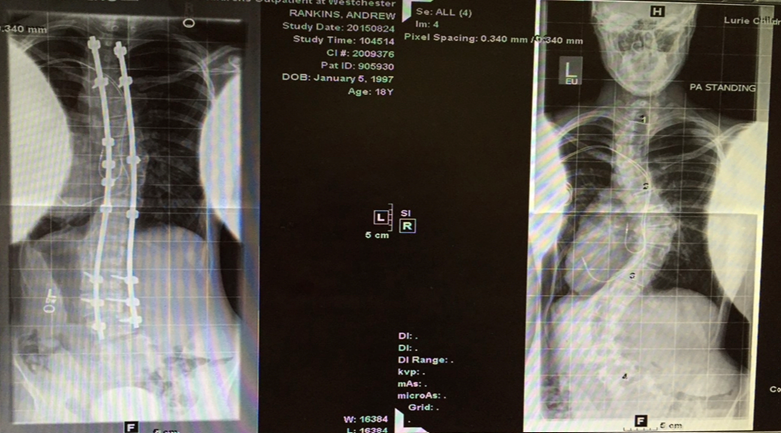
A week before the call, I had a routine CT scan and echo of my heart. In this case, it was a follow-up scan of a follow-up scan of another follow-up scan. A walk down the Trail of Past Scans will lead back to the beginning when I was seven years old and officially diagnosed with Marfan. Almost twenty years later, through the missed classes, painful growth spurts, and constant dread, I reached a clearing in the woods and was able to step off the trail and rest.
My mom and sister, both on their own Marfan journeys, were no longer side-by-side with me during the appointments, but I felt their presence along the way. From the pre-dawn wakeups to the sub sandwiches on the way home and back to school, we were together on appointment days growing up. Now that I was living seven miles north of the same hospital we’d drive an hour and a half to, appointment days were more routine. Thanks to the crash course in anatomy I received through my years of scans and visits, my relationship with my cardiologist was familiar, and the trust was stronger than ever.
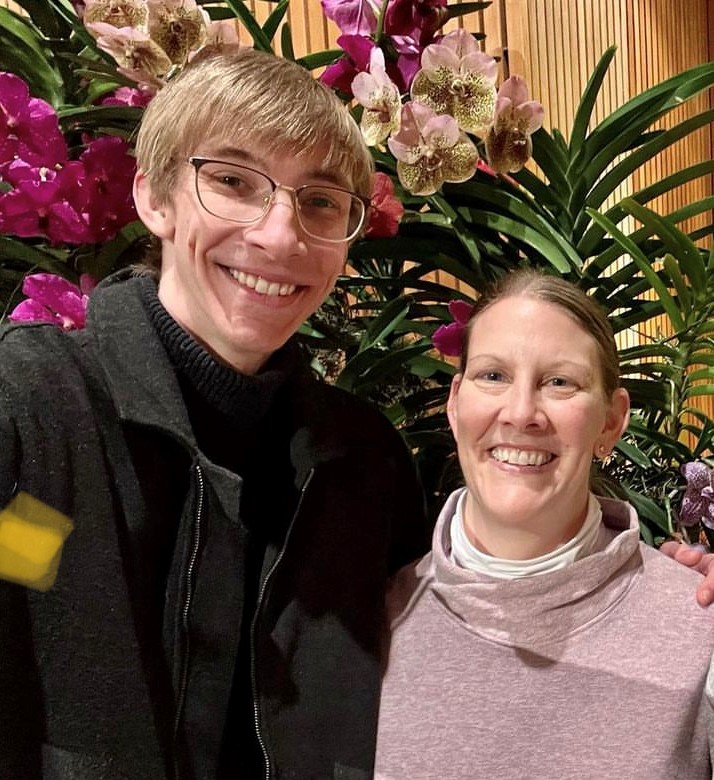
The familiarity was evident from the beginning of the phone call as she delivered the good news. My heart function increased since the last CT scan and echo. The new prescription I was on likely helped increase the function, but it was also to be expected several years out from my aortic repair surgery. Familiar and personal, her tone remained as she moved on to the bad news. The technician who performed the scan made a note to look closer at a “something” on my left kidney. They did not like the look of it and were recommending further imaging. That’s when I knew why she felt the need to call me directly on a Friday evening. Without any fear or hesitation, she confirmed my suspicion. “The reality of the situation is cancer.”
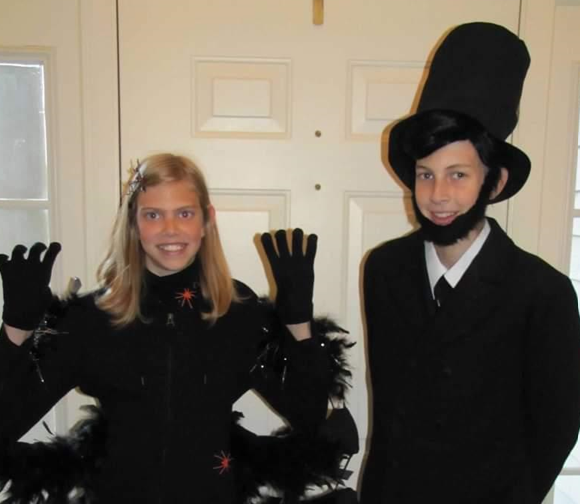
None of my friends or classmates knew exactly what those mornings were like when I was out of school, and it never felt possible to explain it to them. The last thing I wanted to talk about as a kid was the condition that made me stand out and miss out. My mom, on the contrary, never missed an opportunity to tell people about Marfan. The conversation usually started when a cashier or stranger in line asked me if I played basketball. I was every coach’s dream as a kid, but a dream it would remain because, as my Mom would describe, the height and limbs that were perfect for sports were powered by a heart that wasn’t cut out for them. For many, it was an introduction to Marfan; very few ever knew about the condition and were often happy to learn. I was humiliated and wondered why my mom felt the need to tell everybody. Talking about it made it real in a way I couldn’t grapple with at the time.
On the contrary, everybody knows what cancer is. It’s a sad truth that everyone likely knows someone who has had cancer if they haven’t had it themselves. Telling a cashier or the person next to you in line you have cancer doesn’t elicit a curious, “What’s that?” response. They hear the word cancer and think of their grandmother battling chemo, their sister losing her hair, or the countless young lives cut short by a disease that has no discretion. Their gaze shifts as pity and sadness wash over their face. It never felt warranted in my situation, so I just wouldn’t bring it up. My cancer was caught so early that an operation and monitoring would be all that was needed. There’d be no need for chemo or radiation, and further testing in the following months confirmed it hadn’t yet spread. I’d consider it luck if I didn’t clearly see the trail before me. The same trail that led me to the CT scan necessitated the technician to take two images. My unique physiology, thanks to Marfan, was not contained in my exterior features, and I had longer than-average organs and a very long aorta. It was so long the second image went low enough and happened to capture part of my left kidney. The oncologist I saw after my urgent referral went through said most people don’t develop symptoms until the tumor advances to a late stage.
Wherever the trail leads in the future, I am grateful for the opportunity to walk it. I feel the love of my late Mom – who passed away suddenly in the fall of 2024 – my sister, and everyone else on their own Marfan journeys, warming me along the way.
February is Marfan Awareness Month. Learn more here.
For media inquiries, email brandcomms@marfan.org
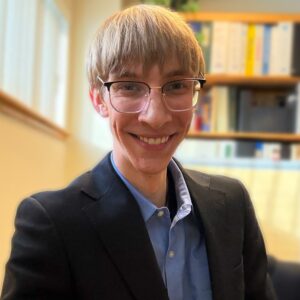
Community member Andrew Rankins shares his first-person experiences with Marfan and an early-stage cancer diagnosis. Advisory: This story mentions and depicts medical testing and discusses loss.
